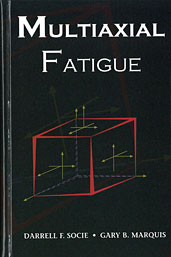Technical Paper
A Comprehensive Testing and Evaluation Approach for Autonomous Vehicles
2018-04-03
2018-01-0124
Performance testing and evaluation always plays an important role in the developmental process of a vehicle, which also applies to autonomous vehicles. The complex nature of an autonomous vehicle from architecture to functionality demands even more quality-and-quantity controlled testing and evaluation than ever before. Most of the existing testing methodologies are task-or-scenario based and can only support single or partial functional testing. These approaches may be helpful at the initial stage of autonomous vehicle development. However, as the integrated autonomous system gets mature, these approaches fall short of supporting comprehensive performance evaluation. This paper proposes a novel hierarchical and systematic testing and evaluation approach to bridge the above-mentioned gap.

